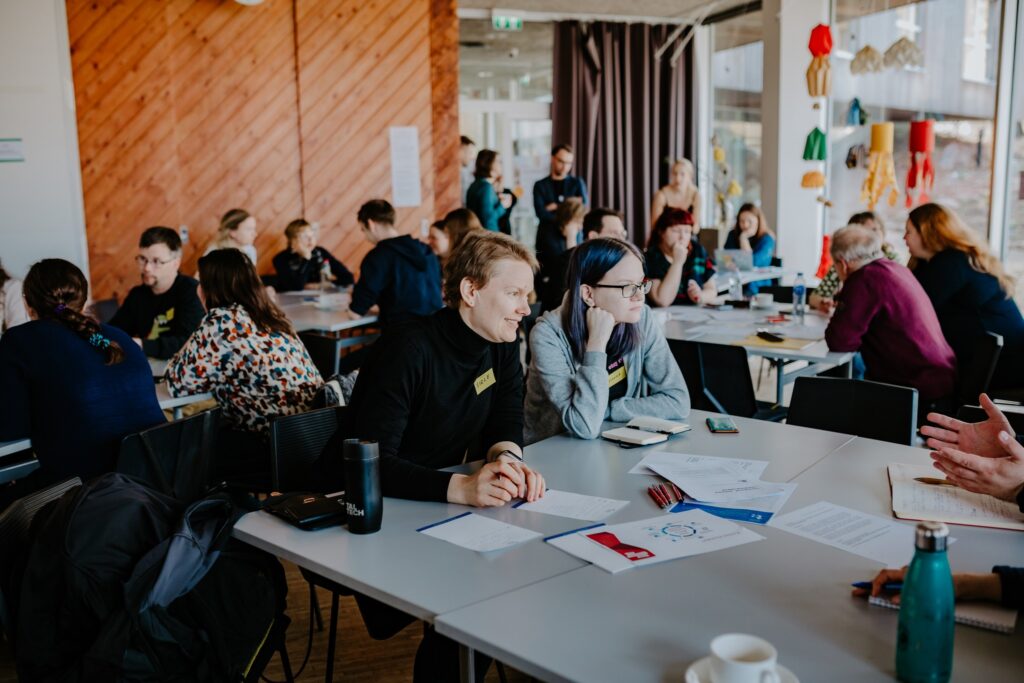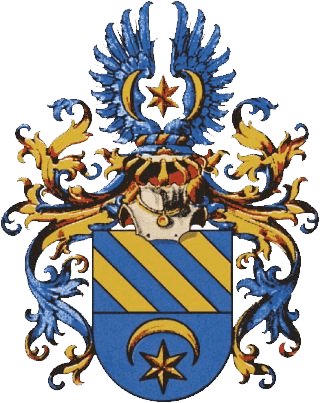Our Approach
processes leading to
social change
HOW WE DO THINGS
OUR PROCESS
- 1. Identifyingthe problem
- 2. Creating theimpact model
- 3. Defining thecompetences
- 4. Setting plansfor development
- 5. Helping leadersexecute the plans
If you don’t know what your’re trying to change, it doesn’t matter how well you do anything else.
We see it all the time. Organizations working hard, but not really knowing what they are ultimately trying to achieve with their work. We believe that mission-driven organizations (public and non-profit sectors) need to understand the problem they are solving in a systematic way, not mearly as an identification of the main “topic” – climate, education, human rights etc. Why does the problem exist? What is causing it? What are the systematic processes reproducing it?
We employ different kinds of fundamental frameworks (like systems thinking, social practice theory etc) to make sure that our clients and partners really understand what they are trying to change in the world. Everything else will be built upon that understanding.
Knowing where exactly is your intervention point, enables you to say “no” to everything else.
Mission-driven organizations need to know how they are supposed to be fixing the problem they’ve identified. Because with every problem there are many different ways to solve them. Anyone who wants to have any meaninful impact must choose how they will do it. Otherwise they will be trying to do everything that seems to be useful, but eventually achieve nothing substantial with all the little things they do.
We use approaches like the transition management, design thinking or systems practice to formulate possible ways of interviening and then help choose the best way for the particular organization/group/network etc.
Knowing what you should be good at, is the first step in getting good at it.
Based on the chosen impact model it is possible to derive what competences are needed to employ the model. This understanding needs to be compared with the existing competences and a balance between the two usually needs to be found.
We help identify the existing competences and strengths of the organization/group/network and compare them with the ones needed to use the chosen impact model. In most cases it is possible to combine the two in a productive way.
Only when you know what you’ll need to do, makes it sense to start changing who you are.
Often people think that they need to change their organizations based on the ideas of employees or feedback from the target groups or even worse, based on some general trendy management ideas (LEAN etc). These are all fundamentally wrong – the most important reason to change (develop) an organization is to become more able to fulfill the mission (by employing the impact model).
If steps 1-3 have been completed, it becomes obvious what needs to change in the organization. If we’ve identified that our impact model requires as to be good at communications and we’re not – then that’s our development focus. We help make this transition from fundamental ideas to practical plans.
All failures are the failures of leadership.
Finally, everything else is the set-up. Organizations become better at fulfilling their missions when their good plans are executed well.
We help leaders understand what they need to do and get started with it. Sometimes we nudge a bit with trainings or mentoring, sometimes all that’s needed is time.
A closer look
We believe

...that an impact model should be AT the core of any strategy
Complex problems usually have complex roots. We use systems analysis to understand that complexity and design models that can have the potential for systemic impact. We believe these models should be the starting point of any mission-driven strategy and all the rest of strategy should derive from them.
...That the process is as important as the output
We design processes that enable people, teams, organizations, networks, local governments, ministries and many others make sense of the choices they have and decide a course of action based on strategic conditions, scientific input and democratic will. Using citizens assemblies, transition arenas, co-creation and other empowering methods.


...That The quality of leadership DETERMINES most results
We believe that better leadership is the most important factor determining the success of an organization or a strategy. That is why we mostly work with leadership teams and heads of organizations/departments etc. We help leaders find the right challenges and pathways to overcoming them.

